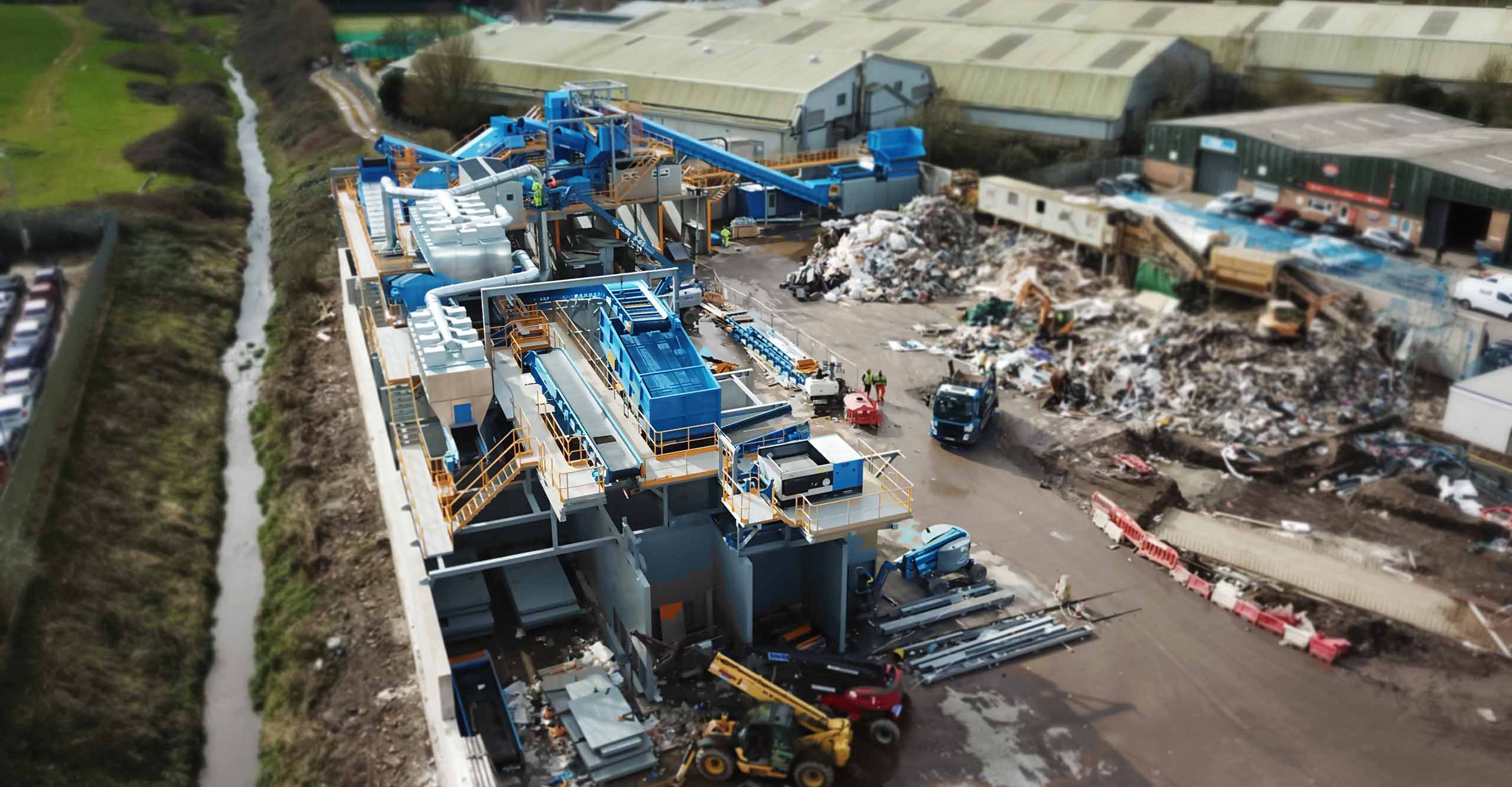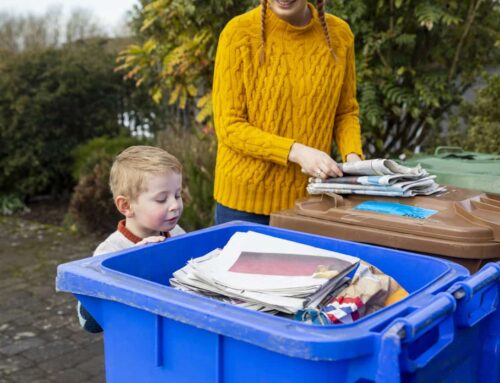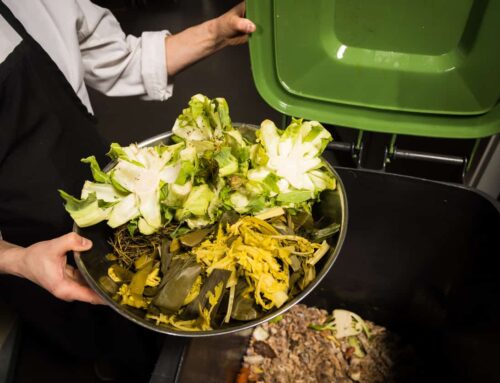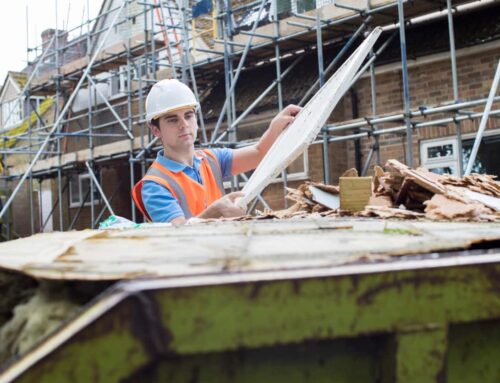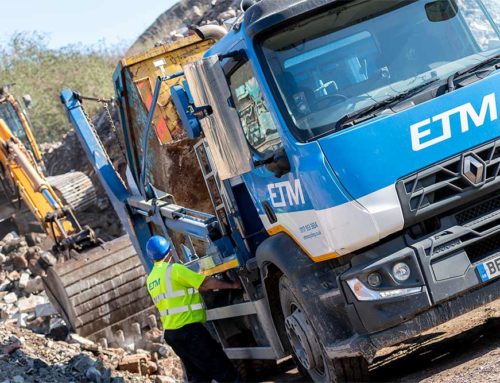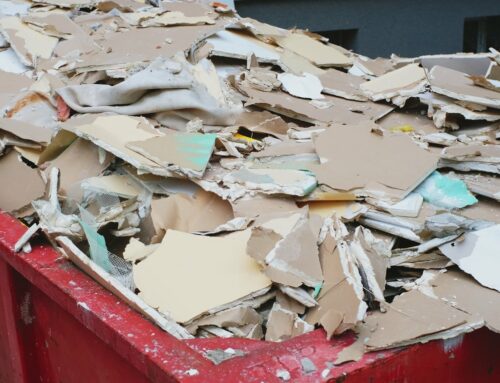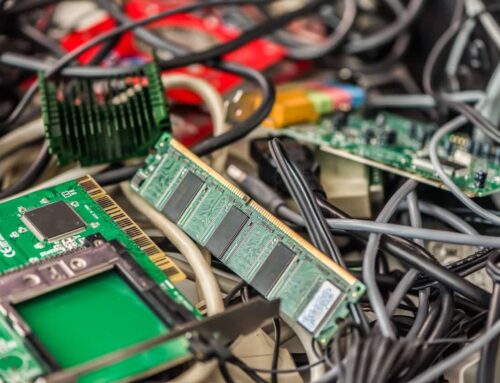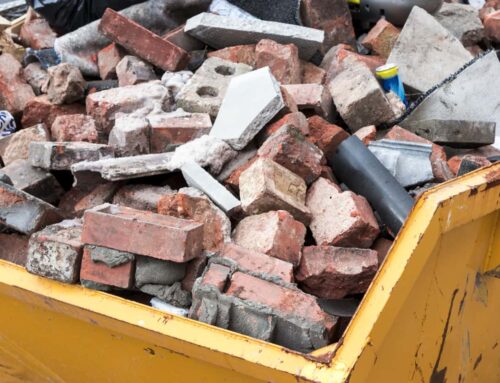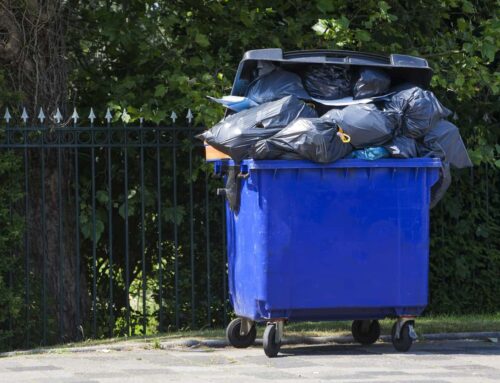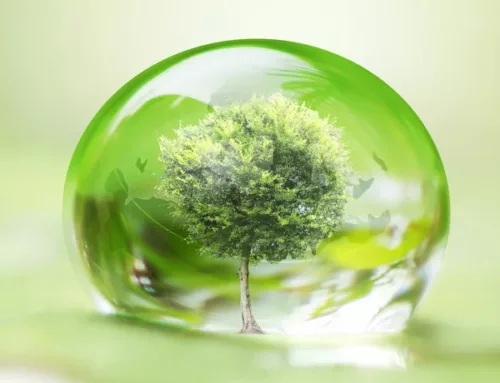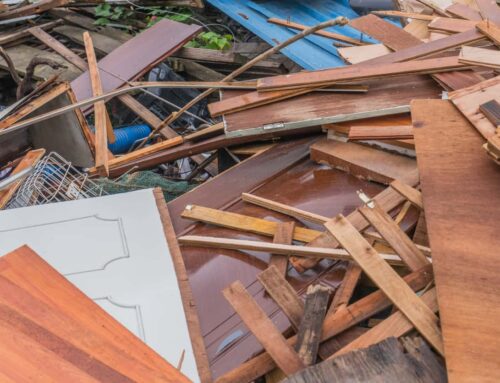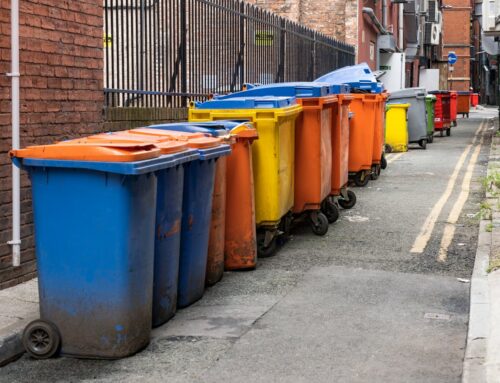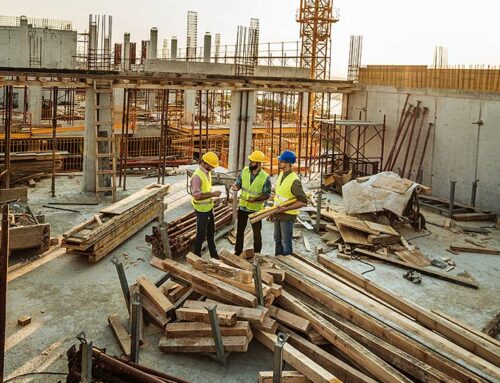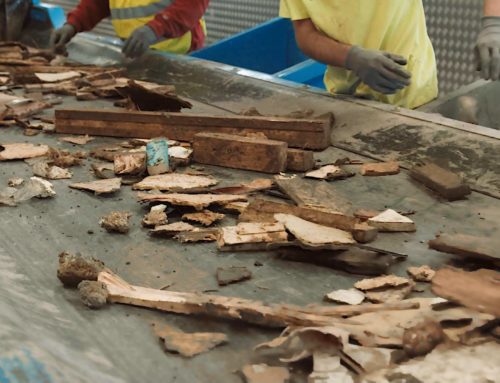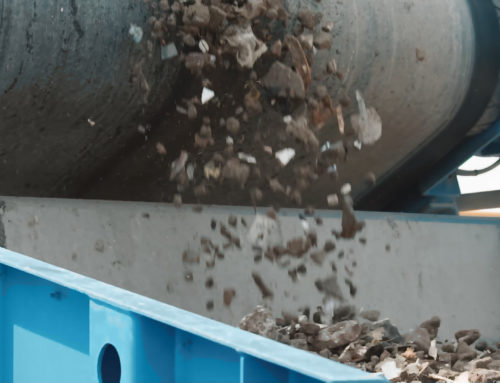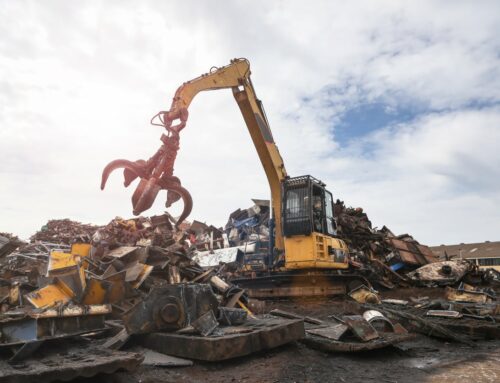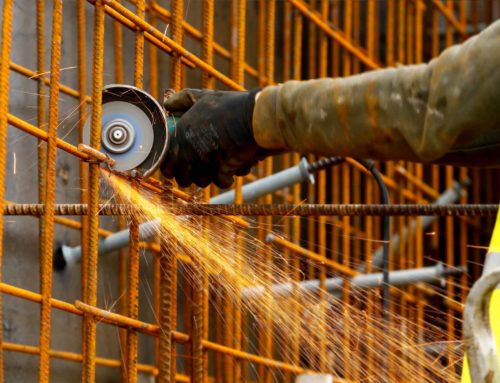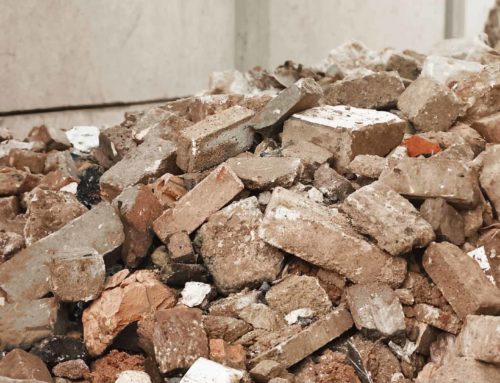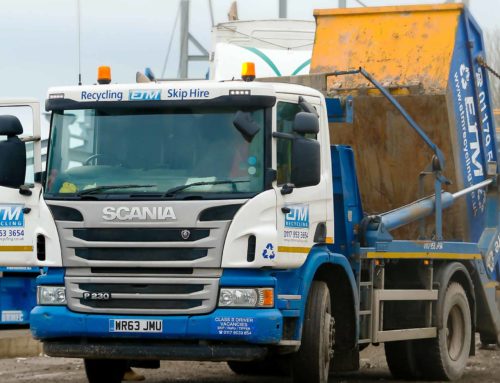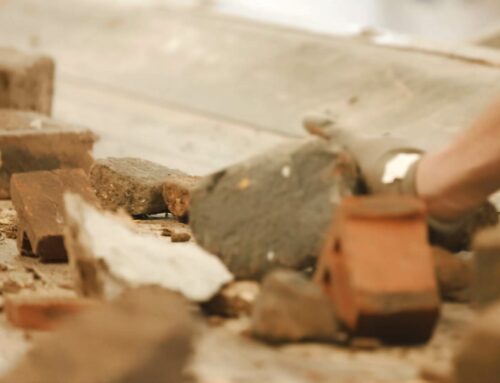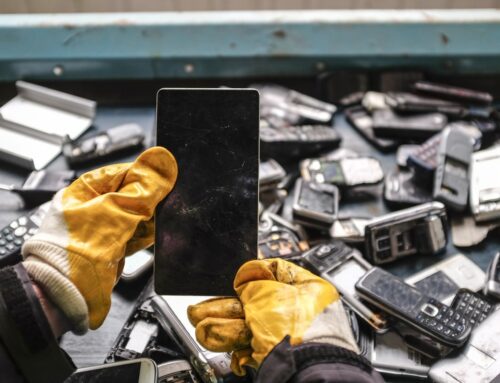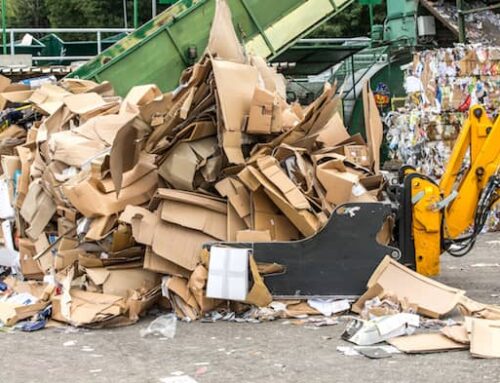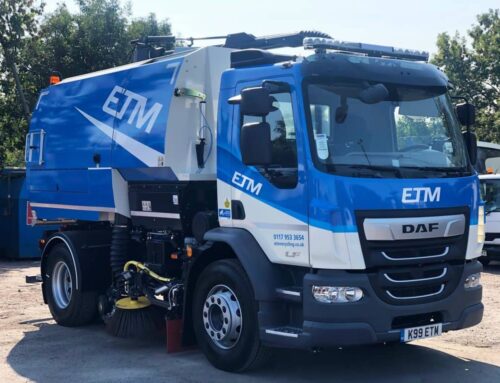Waste Transfer Station – What is a Waste Transfer Station & How Does it Work?
Waste Transfer Stations are a crucial part of the journey of waste. In this guide we explain what a Waste Transfer Station is, how they work, and the benefits they provide.
At ETM, we have a state-of-the-art Waste Transfer Station based just outside of Bristol with the aim of zero waste to landfill. Waste from around the South West is processed at our Waste Transfer Station, brought by our fleet of vehicles and many skips and grab available for hire.
What is a Waste Transfer Station?
Also referred to as a Material Recycling Facility, Waste Transfer Stations are where waste is taken once it is collected. While at the station, waste is sorted and separated before being transferred again to another area or facility. Often waste is moved on after the Waste Transfer Station for recycling, demolition, or landfill.
More than a steppingstone in the journey of waste, Waste Transfer Stations play a vital role in aiding the reduction of waste to landfill, removing hazardous waste, and decreasing travel time for waste collection vehicles. They have many advantages, as will be explored below.
What is the Waste Hierarchy?
As Waste Transfer Stations deal in waste and should aim for environmentally considered policies towards increased recycling, they follow the waste hierarchy. This hierarchy sets out how to deal with waste, including steps to format processes, in order to minimise the amount of waste that ends up in landfill.
Find out more about the waste hierarchy here.
Stages include ‘prevent’, for the initial reduction of waste created, and ‘prepare for reuse’, whereby products and materials are utilised for the longest time possible. ‘Recycle’ and ‘other recovery’ are stages in which alternative uses for waste are explored, whether it be through recycling or energy generation, for example. The final, and least environmentally friendly, option is to dispose of waste via landfill. It is the responsibility of a Waste Transfer Station to ensure all stages are considered before resulting to landfill or incineration.
How Do Waste Transfer Stations Work?
From offload to transporting to be recycled, waste is recorded throughout its time at the Waste Transfer Station. Here is the general sequence of events at Waste Transfer Stations:
- Waste Arrives – Upon arrival, waste loads are weighed on the weighbridge to assess amount and allow for continued tracking. At ETM, tailored reports can be made to track the amount of load recycled and its details. Check out our Waste Data Reporting
- Waste Tipped – Waste loads are then tipped and the vehicle or used skip is able to be reassigned and quickly on its way.
- Waste Sorted – Waste is segregated at a Waste Transfer Station according to its material type, recyclability, size, and level of hazard it presents. There are various processes and specific machinery to handle various types of waste such as the waste screen and fines screen, used to sort small soils and aggregates. Manual sorting by staff is also undertaken, usually to separate specific recyclable materials.
- Waste Moved On – Once sorted and separated, waste can be moved on from the Waste Transfer Station to its next destination. In the hopes of helping the environment, recycling is heavily prioritised and landfill is the last resort.
Benefits of Waste Transfer Stations
Waste Transfer Stations are championed for their vital role in cost-effective waste management. From reducing transport costs to ensuring maximum amounts are recycled, there are plenty of benefits to stations.
One of the biggest benefits of Waste Transfer Stations is that they reduce transport times and therefore costs. As there are many stations through the country, waste vehicles can tip at a station close to their base or customer area instead of transporting waste to larger, and often further afield, disposal sites. Not only do companies spend less on fuel, but their fleet can complete tips faster and consequently complete more runs. There is notable environmental benefit too, due to reduced reliance on air or rail freight and long-distance road travel.
As an in-between and opportunity to sort and screen waste before landfill, Waste Transfer Stations are critical in increasing the amount of waste recycled. Additionally, the safety of workers benefits from the careful sorting of materials and the removal of hazardous waste.
Waste Transfer Stations may also be accessible to the public, allowing citizens to manage and recycle their waste appropriately. This can be hugely beneficial to local waste collection services.
Learn More with ETM Recycling
At ETM Recycling, we are proud of our £4 million state-of-the-art Materials Recovering Facility; the most efficient and effective recycling plant in the South West.
From commercial to construction waste, our plant processes it all, and reduces the amount of waste to landfill. Built for purpose and completely redeveloped for perfection, our site meets all the recycling needs of our clients.
Need to hire a skip? Want to improve the waste management of your business? Contact ETM today.
Find out more about our waste transfer station >
